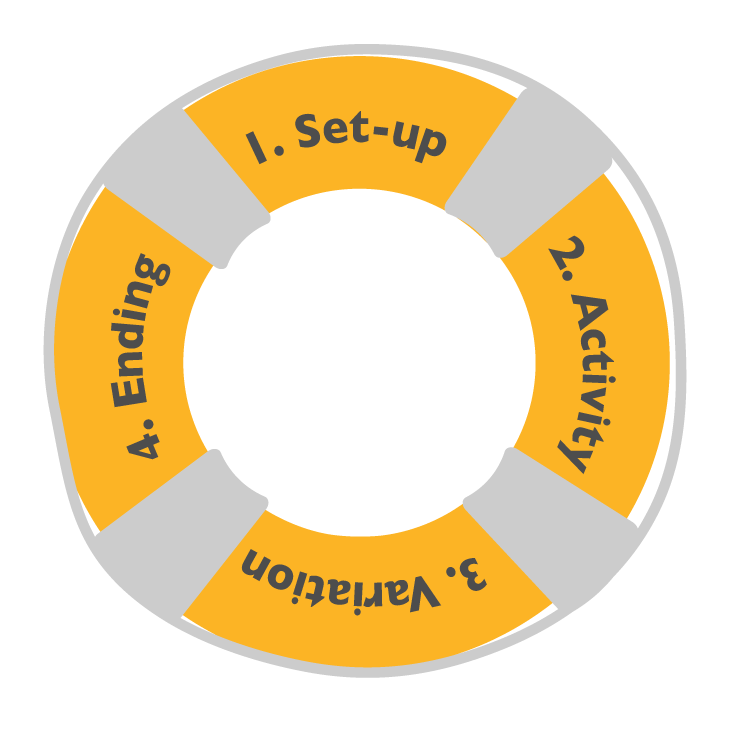
Potty training is a polarizing subject. Contrary to popular opinion, there is no right or wrong age to start potty training and many appropriate ways to introduce this skill. Every child is different, which means your son or daughter’s experience may differ widely from others’.
However, for every child there are two key elements that need to be in place for success: Readiness + Willingness (which apply to both you and your child). Beginning potty training before they are ready and willing leads to counterproductive stress, anxiety, and power struggles.
Look for signs that your child has the developmental skills to potty train before jumping in. Signs of readiness include:
If your child is developmentally ready, next they need to be willing. For many parents, a child’s willingness is difficult to recognize — especially because a child may demonstrate initial willingness, experience setbacks, and lose motivation. Emotional factors that impact potty training include a desire for independence and self-mastery, need for control, desire for approval, fears associated with toilet use, and the desire to imitate or conform.
The best way to determine your child’s willingness is to observe how they respond to topics surrounding toileting. For example, if they respond positively to conversations and books about toileting, they are likely motivated. If they resist the idea or cry when the potty is mentioned, you need to work on getting them comfortable talking about and acting out going to the toilet before they’ll be motivated to use it. The more you try to control the process, the more likely you are to get in a power struggle. To avoid this conflict, meet your child where they’re at and focus on motivating them.
In addition to determining if your child is ready and willing, you need to ask yourself if you have the necessary amount of time and patience and if you’re setting your child up for success. It may be best to wait if big changes are happening (you’re moving, traveling, switching from a crib to a bed, about to have another child, etc.), your child is sick, or your family is going through a generally stressful period.
Once you’ve determined your child’s readiness and willingness, you can use our SAVE approach to break the toilet training process down into four practical and approachable steps. In this post, we focus on the early stages of creating a toilet training routine for kids.
The first step is the set-up, or opening, of the activity. This is when you first hook your child’s attention and get them motivated to participate. Ideally, the bathroom would be a fun, comfortable place for your child. Here are a few ways to make potty training exciting:
After set-up, it helps to break the act of going to the bathroom down into smaller, teachable steps and introduce them one at a time. Have your child practice with the new bathroom set-up. Start by having them sit on the toilet fully clothed and read a book, listen to a song, or watch their favorite show. Have them flush the toilet for fun and talk about how the water swirls and goes down the toilet. By practicing the steps of toileting, you are familiarizing your child with the process and making it more predictable. Make sure to praise every little success during each step!
Chances are pretty good that while you’re potty training, you and your child will be spending a great deal of time together in the bathroom. This can be great quality time that you spend together, and varying the activity keeps both of you motivated to continue. You can sing songs, play games, or do puzzles. Here are some ideas that we enjoy:
The last step when creating a toilet training routine for your child is the ending, or the transition to another activity. Early on, you’ll want to establish a wipe-flush-wash sequence to close down the activity and transition to another. Consistency here is really important.
Here are some takeaways for creating effective toileting routines with your child:
If this blog on toileting was helpful to you and your family, check out our equally valuable discussion on mealtimes routines.